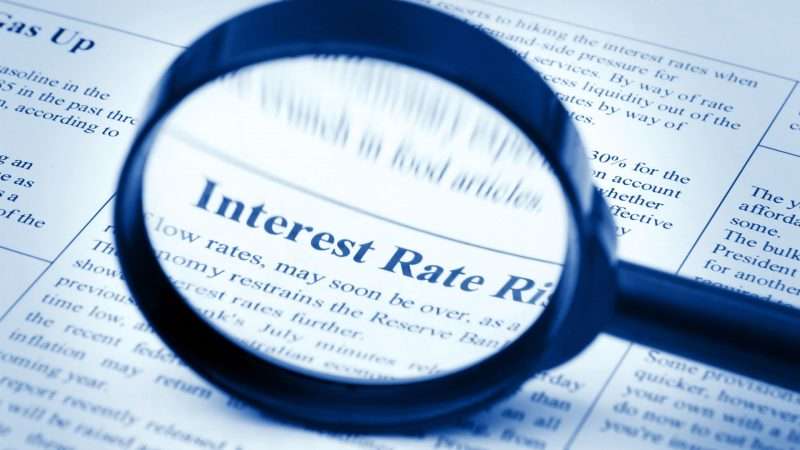It’s a phrase we’ve heard a lot this year, and we are likely to hear more about it this week. Experts expect the Bank of England’s (BoE) Monetary Policy Committee to raise interest rates again on Thursday. But, for all the talk, do you know what they are and how they work? Many don’t. So, here’s our guide to explain interest rates and what they mean to you.
Short way to explain interest rates
Interest rates are given as percentages and affect borrowers and savers in different ways. For a borrower, interest rates dictate how much you will pay in addition to the amount you initially took out in a mortgage or loan when you have paid it back. It’s like your fee for borrowing.
If you are a saver, it dictates the amount of money your bank will pay you for holding your money. Whatever the interest rate of the account, the bank will add that percentage on top after a set period of time.
Borrowing and saving interest rates vary between banks, building societies and other lenders, but they are all based on what is known as the bank rate. The Bank of England’s committee meets every six weeks or so to determine the bank rate, which is also called the base rate.
What effect does the bank rate have?
The bank rate is the interest rate at which the BoE lends money to high street banks. When the BoE puts up the rate, this means that the banks then generally put their flexible mortgage borrowing rates up too. You will probably notice that they often refer to these rates as “X% above the base rate”.
When your flexible rate goes up, your monthly payments rise too, depending on the rate and the amount you borrowed. Rising interest rates also affect the cost of fixed rate mortgages, meaning fixed-rate customers might not find the same good deals again when theirs expires.
Rising interest rates also push up the cost of borrowing on personal loans and credit cards too, for similar reasons.
Why do interest rates go up and down?
We’ve managed to explain interest rates at the basic level. But we also need to look at why the rate goes up and down. There’s an element of supply and demand involved. When lots of people are looking for credit, they go up. When there are fewer people seeking credit, they go down.
In general, it relates to the level of inflation at any given time. The BoE likes to keep inflation – the rate at which the price of goods go up – at about 2%. This means that prices are rising steadily and generally in line with wages. This situation leads to economic growth but without making the cost of living unbearable.

When the economy slows and inflation drops, such as in a financial crisis or during a pandemic, the BoE tends to reduce interest rates. The idea is that making it easier to borrow money and reducing mortgage outgoings gives people more money in their pockets and encourages them to spend more and boost the economy.
When prices are rising fast, due to demand outstripping supply, they often raise interest rates. With less spare cash and more expensive credit, the idea is that people spend less and the reduction in demand should reduce inflation. Currently, the surge in demand for oil and gas after Covid, coupled with reduced supply because the the war in Ukraine has contributed to today’s soaring inflation.
What is expected to happen?
Thank you for reading this guide to explain interest rates. We can’t tell for sure what will happen, but another rise is expected this week. So people say they could peak at 4.8% in July 2023, but lots could happen between now and then. We just have to wait and see.
How have interest rates affected you? Let us know in the Comments








